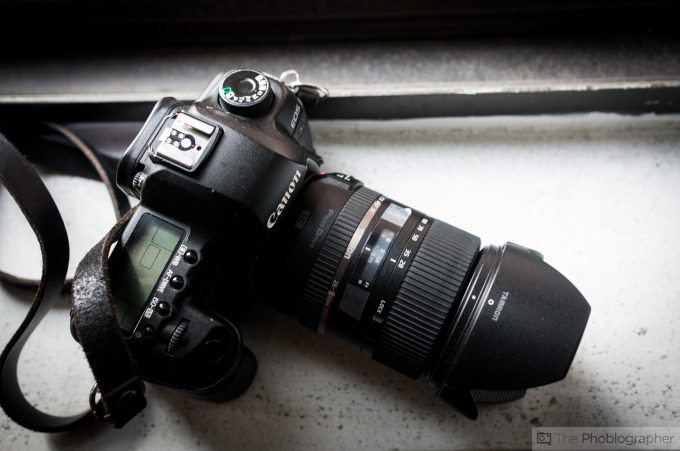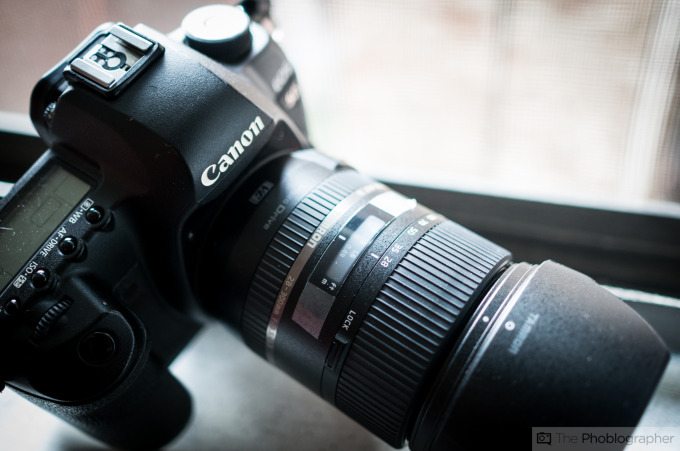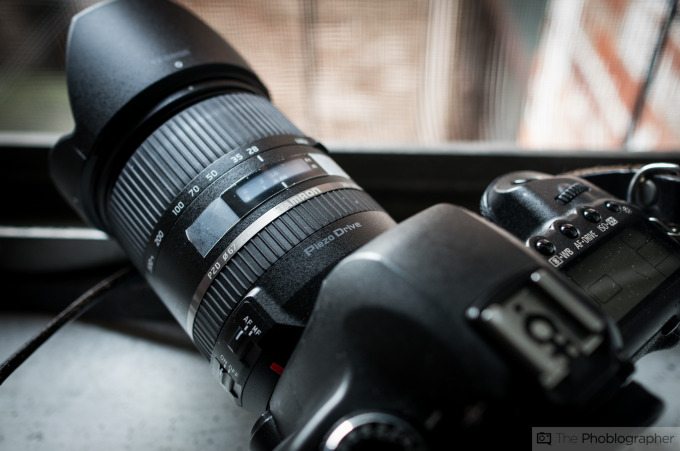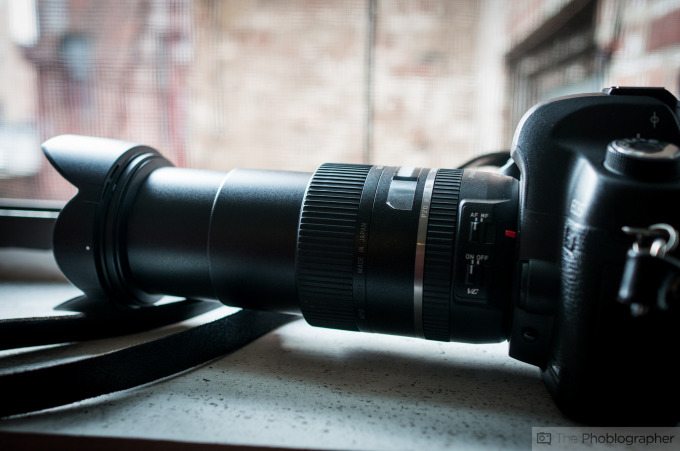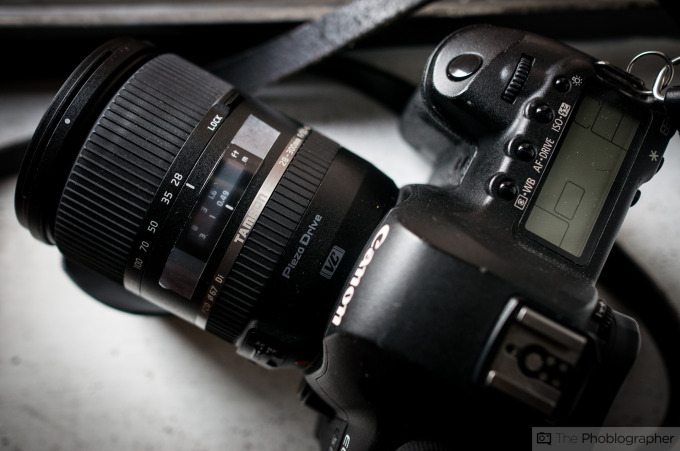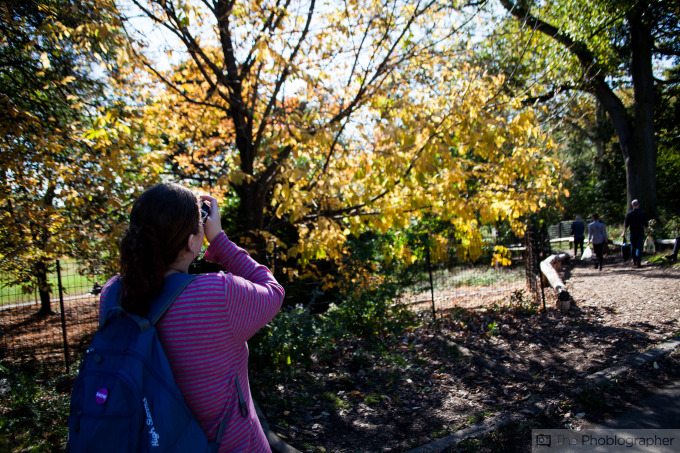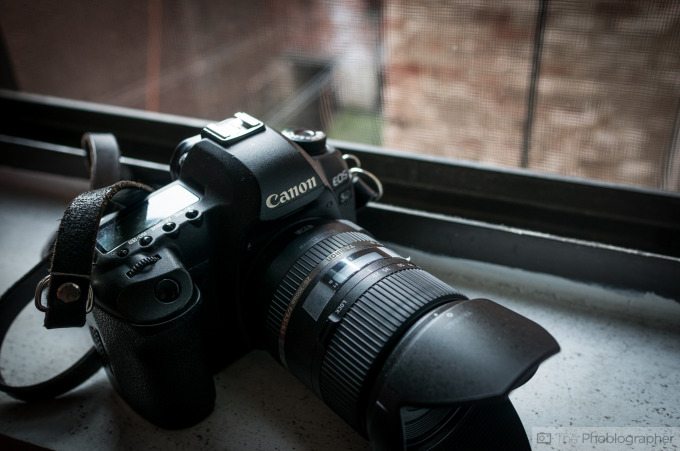Last Updated on 10/31/2014 by Julius Motal
When we first heard about the new Tamron 28-300mm f3.5-6.3 VC lens for full frame DSLRs, we admittedly scoffed a bit. How dare they try to simplify the beauty that is offered to full frame camera users! Traditionally, focal lengths like this have been very kit-lens like in design and quality. But with that said, the modern kit lens has become very good due to advances in technology.
Tamron set out to design a lens that would cover all of the zoom ranges that someone on vacation or a complete amateur with a full frame camera would want. Because of this, apertures obviously aren’t a priority. Very much designed for folks who shoot in automatic or program mode, this lens will happily find a home on your enthusiast level DSLR and further helps to push full frame image quality into the hands of those not reaching for higher fruit.
But when we took the lens out for testing, we were incredibly surprised.
Pros and Cons
Pros
– Sharpness that has us scratching our heads
– Incredible image stabilization
– Convenient amount of zoom range
– Zoom lock to prevent the lens from zooming in and out when zoomed out all the way
– Lightweight
– Super quiet focusing and image stabilization
– Nice color rendition in the right lighting
– Fast focusing in pretty much any situation
Cons
– Variable aperture and throw off your shooting momentum unless you’re in an automatic mode of some sort.
– Quite a bit of distortion at the wider end
Gear Used
We tested the Tamron 28-300mm f3.5-6.3 VC on the Canon 5D Mk II.
Tech Specs
Specs taken from the B&H Photo listing
| Features | |
|---|---|
| Image Stabilization | Yes |
| Autofocus | Yes |
| Tripod Collar | No |
| Physical | |
|---|---|
| Filter Thread | 67 mm |
| Dimensions (DxL) | Approx. 2.93 x 3.78″ (74.4 x 96 mm) |
| Weight | 19.05 oz (540 g) |
Ergonomics
The Tamron 28-300mm f3.5-6.3 DI VC PZD is a lens that is designed externally like many other superzooms. Granted, many of those other lenses were designed for APS-C bodies, but this one was designed for full frame cameras.
The lens is primarily constructed of plastic on the outside that has a pebbled texture for better grip. The zoom ring is in front while the focusing ring is positioned towards the back. If you’re using a lens like this, you’re bound to be only using the zoom and leave focusing to the camera.
The side of the lens has its only two controls: IS and AF/MF. These controls make it simple for the people that this lens is targeted towards. Additionally, check out how long it becomes when zoomed in. It more or less doubles in size.
Build Quality
If you’re expecting something award winning from the build quality of this lens, you’ll need to think again. While it doesn’t feel quite cheap, it’s more solid feeling that many other comparable offerings with the exception of the newer stuff from Sigma. What is truly nice though is the feeling of zooming the lens in and out.
Autofocusing
On the old Canon 5D Mk II, this lens seriously shocked us when it comes to autofocusing speed. Shooting was literally as simple as choosing a focusing point, focusing, and BAM! You’ve got the shot. Part of this probably has to do with the very lightweight elements on the inside. But with fast autofocus at various focal lengths also comes to the need for great image stabilization.
When it comes to in-lens stabilization technology, Tamron is probably doing the absolute best job that we’ve seen so far. The image above is purposely being shown. It was shot at f6.3, 300mm and f1/80 of a second. There is surely some camera shake when you look at it at 100%, but it is still a usable image if you don’t. This goes to show that a little bit of a higher shutter speed would have stabilized the image a bit better. To further explain ourselves, we exercised good shooting habits involving tucking in the elbows, controlling breathing, etc. We think that everyone will be surprised by the stabilization offered.
Ease of Use
Depending on who you are and the type of photographer you are, this lens can either be really simple to use or will take a slight adjustment period. If you decide to stick your camera in auto mode and shoot, then you’ll have no problems at all. But if you’re a manual control freak and can’t let go of that, then you’ll have some problems. With each zoom of the lens the aperture will adjust itself and you’ll need to adjust your ISO and shutter speed accordingly. But that is standard with any lens like this.
For what it’s worth, this lens was designed with those who love shooting in automatic modes in mind.
Image Quality
Though we weren’t stupefied by image quality from this lens, it surely had us scratching our heads and saying “This lens can do that?” Again, we’re not used to superzooms being able to render such sharp images. But for what it’s worth, we’re completely blown away.
Let’s get some of the bad stuff out of the way first: there is distortion. You’ll surely see it and you shouldn’t expect anything special from this lens in terms of keeping it down. But it isn’t at all terrible and you need to expect distortion from a lens like this.
Once you and everyone else on DPReview’s forums gets over this complete tragedy and are all done cuddling with yourself, you can continue reading about the good stuff that this lens incorporates.
For starters, know that we’re harder on the judgement of zoom lenses than we are for primes. Primes are much more simple in design and much less can go wrong in their construction. But zooms can suffer all kinds of problems–many of which have been fixed in the past couple of years.
The fact that Tamron took the superzoom, created a full frame version, and made it have good image quality is quite the impressive feat. Obviously this lens’s strength is its wide range of focal lengths, but second to that may be its sharpness or its bokeh. At the longer end of the lens, it’s possible to get very creamy and beautiful bokeh. All throughout the lens, you can yield incredibly sharp images right from the camera–for what the lens is. This lens at 28mm isn’t going to replace a dedicated 28mm prime at all, but considering the capabilities it does a very decent job.
Bokeh
If you or the person that you’re buying this lens for want to sit there and have your jaw drop to images of bokeh all day and all night, you’ll be happy to get your hands on this lens–sort of. This lens has seven aperture blades, which is very good at the right focal lengths. But again, don’t expect it to beat out more affordable prime lenses.
Yes, you can get some very creamy bokeh out of this lens but the best of it comes at 300mm and when you’re focusing as close as you can. It’s quite nice bokeh, but it isn’t winning any awards once again in our eyes. But if you’re new to the full frame world and want to just get bokeh in your images, then you’ll be happy with the renderings that this lens can get you.
On the wider end of the lens, your bokeh will be a bit more hazy than creamy. At 28mm and f3.5, that is really all you should come to expect and be okay with that.
Sharpness

Here is where we were really, really amazed. The sharpness of this lens is actually quite amazing. On an even higher megapixel body, you’re obviously going to resolve more details, but on the 21MP 5D Mk II you’re getting lots of details from the images. We didn’t do our typical flash tests with this lens to really see how to sharpness comes out for the reason that that would just be ridiculous to do with a lens like this. But if you’re looking for sharpness from a superzoom, this could arguably the best on the market.
Color Rendition
Tamron’s color rendition on this lens isn’t a good as some of their other offerings, but it is true to life with a bit of extra saturation. The reason for this maybe has to do with the lack of contrast built into the lens and also exhibiting very little micro contrast if any at all. I know that we keep saying this, but don’t expect a lot from it.
Color Fringing
In our tests, we didn’t see very significant color fringing it any at all. As we always say though, color fringing can be removed in post-production.
Extra Image Samples
Here are extra image samples.
Conclusions
Likes
– Convenient zoom range that encourages you to just go and shoot to your heart’s content
– Sharp images
– Pretty good bokeh
– Lightweight and fairly compact
Dislikes
– Extremely variable aperture
– That price…
The Tamron 28-300mm f3.5-6.3 DI VC PZD is a lens designed for the photographers that just want to shoot and care about nothing else. And with the introduction of more affordable full frame camera bodies, there are loads and loads of them. You’re best leaving the camera in auto or program mode when using this lens. But don’t worry, it will all be fine–because the sharpness is very good and the bokeh at the longer end is very nice.
For what it is, we award the Tamron 28-300mm f3.5-6.3 DI VC PZD three out of five stars. Want one? B&H Photo lists them for $849.
Recommended Cameras and Accessories
Nikon D610: With its higher megapixel sensor, the D610 is the perfect camera for this lens due to its positioning and ease of use.


